The Intricate Art of Creating a Bomkai Silk Saree
The Bomkai saree, with its intricate weaves and motifs, is a breathtaking expression of India's textile heritage. Born in the tiny village of Bomkai in Odisha, each saree is a beautiful melding of tradition and skill passed down through generations of weavers. Behind the alluring pallus and borders lies an elaborate creative process that transforms delicate silk threads into works of art.
Introduction
Handwoven Bomkai sarees are acclaimed for their unique designs featuring temple borders, decorative threads, and traditional Odisha motifs like shankha, chakra, mukut, and many more. The weaving technique involves precision and meticulousness that can take skilled artisans months to perfect just one saree. From selecting the finest silk yarn to weaving on traditional looms, every step in crafting a Bomkai saree reflects an unwavering dedication to quality.
"We put our hearts into weaving every design, every pattern. Each saree tells a story," says Lakshman Rao, a weaver from Bomkai village. The saree's journey from silk to sari is one of passion, creativity, and perseverance. For the weavers, Bomkai sarees are not just beautiful garments but a way of life and a precious skill inherited over centuries.
The Heritage of Bomkai Weaving
Tracing Back to the Roots
References to Bomkai's prized weaves can be found in ancient Odia texts like the Subarnapurana. The exact origins of this unique weaving style are unknown but it is believed to have originated in the 7th century, during the rule of King Indrabhuti. For centuries, the know-how of Bomkai designs and motifs has been passed down generations as families' proud heirlooms.
"I learned weaving from my father and he from my grandfather. It's ancient knowledge that flows in our blood," remarks Sitaram Rao, a Bomkai weaver for over 40 years. This oral tradition of skills and designs being transferred from father to son has ensured that the Bomkai weave has endured over centuries.
The Unsung Heroes: Artisans Behind Bomkai
The talented weavers of Bomkai carry forward their legacy with humility and grace. Men and women alike work with harmony and synergy to transform silk threads into exquisite sarees.
"We start weaving by dawn and work late into the night. It takes 15-20 days to weave just one saree," says Radhamani Bhoi while expertly handling her throw shuttle. There are over 5000 weaver families in Bomkai, each dedicating their lives to mastering the craft.
There are many such untold stories of dedication among the Bomkai weavers, woven into the very fabric of the sarees they create. The artisans take pride in signing their creations, weaving their names or initials into the ornate borders. For them, the Bomkai saree is not just a product but an extension of their own identity.
Step-by-Step: The Making of a Masterpiece
Selecting the Perfect Silk Threads
The indigenous tropical tasar silkworms are reared on arjun and sal trees in the region to produce the staple fibre. Bomkai sarees use fine 20/22 denier silk threads which are strong yet supple enough for intricate designs. Only the finest quality yarns with the right tensile strength and lustre are handpicked for weaving the sarees. The artisans carefully dye the yarn in rich colours using natural dyes like madder, indigo, lac and iron rust.
The Loom: Where Magic Happens
Traditional throw shuttle pit looms are used for weaving Bomkai sarees. They consist of a strong bamboo frame with pedals connected to strings that raise and lower the warp threads. The artisans sit on the ground operating these pedals and handle with phenomenal speed and accuracy.
"Our hands move by instinct, through muscle memory developed over years of practice," notes Gangadhar Rao, a senior weaver. The repeated motion of thousands of weft threads passing over and under the warp threads slowly builds up to create the gorgeous saree designs.
Crafting the Distinctive Bomkai Designs
A Bomkai saree features an array of traditional motifs like peacocks, elephants, flowers, lions, and deities. The most striking aspect is the broad embellished border with ornate temple designs. Mythological tales come alive in the pallu through fine artistic thread work.
Every colour, every weave has special significance for the Bomkai artisans. Bright hues reflect the joy of festivals, fine line work depicts spiritual ideals, and traditional patterns celebrate their rich cultural heritage. The Bomkai saree is a canvas where the weaver's imagination comes to life.
Final Touches: From Loom to Wardrobe
Once woven, the saree undergoes multiple quality checks. Skilled hands gently wash the fabric, remove any stray threads, and iron out creases to prepare it for use. The sarees are starched for a crisp finish. Some are even embroidered with silken threads to enhance the patterns.
The weavers take great pride in carefully folding the saree, ready to adorn. Each creation is specially packaged, carrying the legacy of Bomkai forward.
Challenges & Triumphs in Modern Times
Navigating the Modern Market
In current times, the Bomkai weavers have to adapt to changing tastes and also battle competition from power looms. Many weavers have started using chemical dyes and modern motifs to cater to urban markets. However, some stay true to the traditional natural dyeing techniques and designs.
Organisations like Priyadarshini Handlooms aim to provide visibility and preserve the core Bomkai style. "We help connect weavers to buyers who value quality and culture," says Priyadarshini's marketing head Arati Sahu. The GI tag secured in 2005 has also helped establish Bomkai sarees' authenticity.
Preserving a Legacy in the Face of Fast Fashion
The growth of fast and cheap machine-made textiles has negatively impacted the demand for handwoven Bomkai sarees. But a few dedicated weavers continue hand-spinning, dyeing, and weaving in the traditional way, preserving the Bomkai legacy for future generations. Their perseverance in the face of commercial pressures is truly inspirational.
Efforts are ongoing to uplift the weaving community through education, skill training, and improved access to markets. The Odisha government's initiatives like financial aid and raw material banks have also helped protect this heritage craft.
Conclusion
Beyond its superficial beauty, the Bomkai saree has a deeper meaning. It represents the culmination of talent, creativity, and perseverance of generations of skilled weavers. The next time you come across a Bomkai creation, appreciate the rich heritage interwoven in its threads. Supporting the human artistry behind indigenous crafts is the only way to protect our living traditions. The intricate story of the Bomkai saree will hopefully continue to inspire and mesmerise for centuries to come.
References
- Traditional Bomkai Sarees of Odisha | Dialectic Solutions. (n.d.). Retrieved February 20, 2023.
- Bomkai Saree. (2023, February 17). In Wikipedia. https://en.wikipedia.org/wiki/Bomkai_saree
- Das, D. (2018, September 20). The fading weaves of Bomkai. The Indian Express.


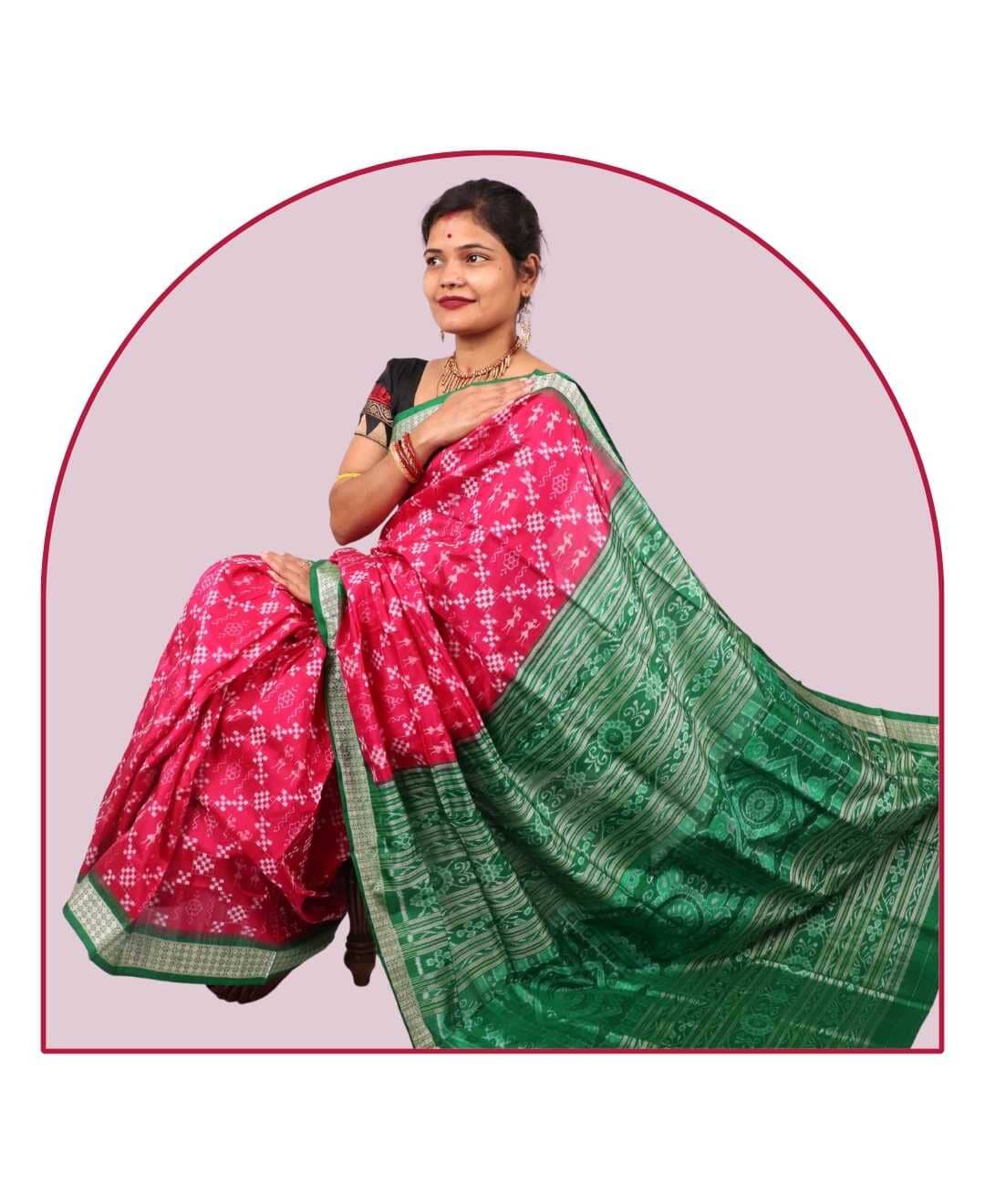
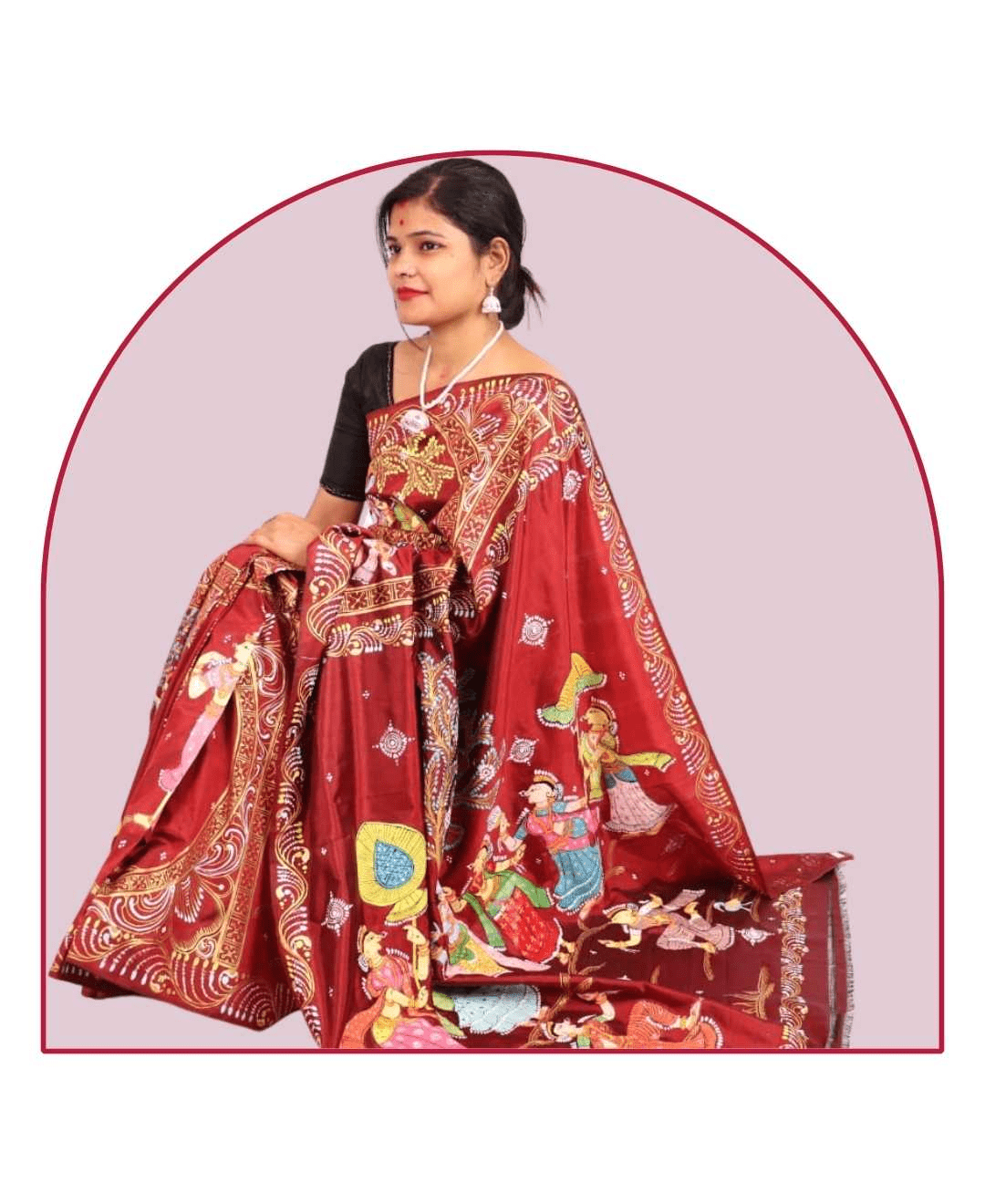
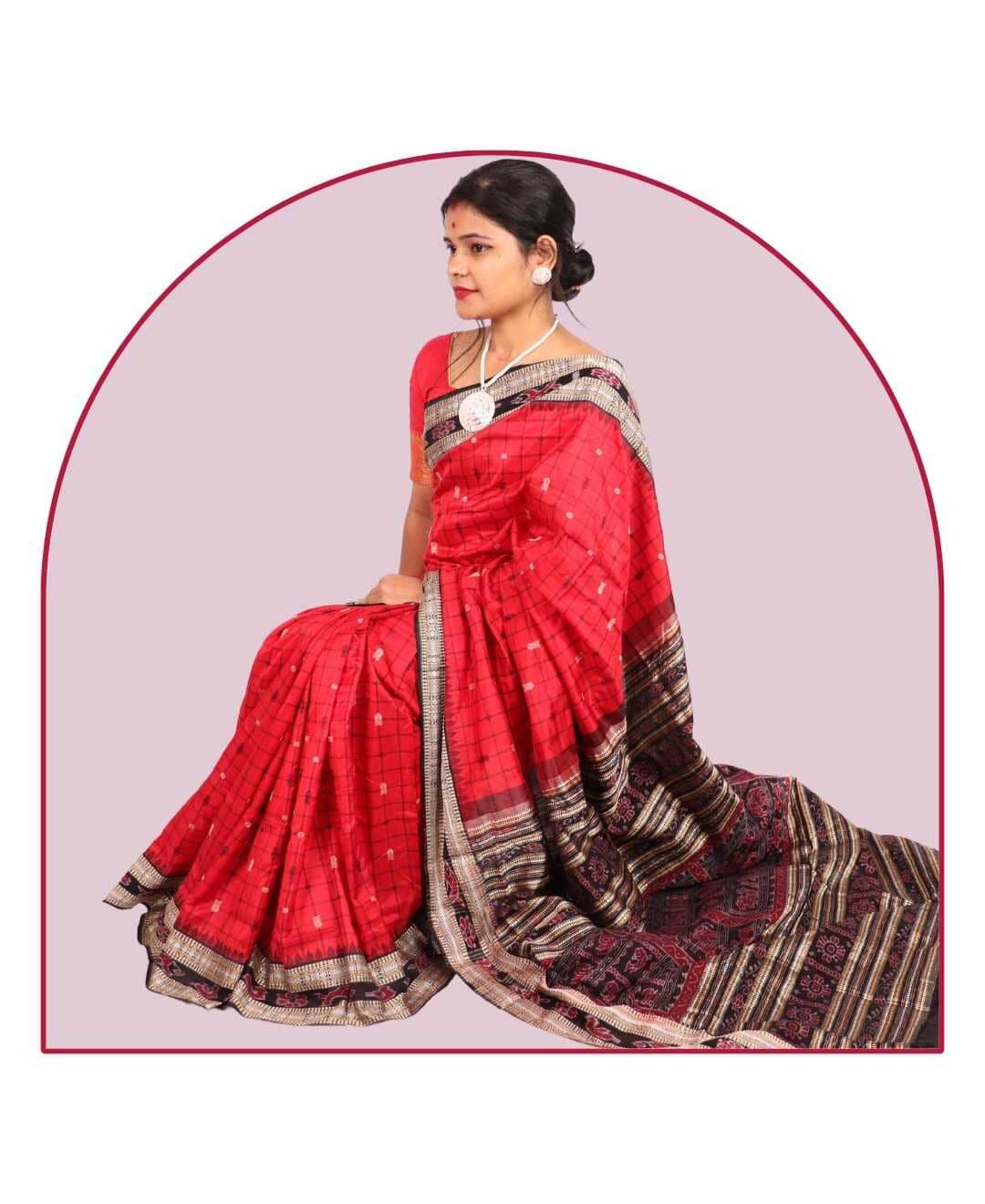
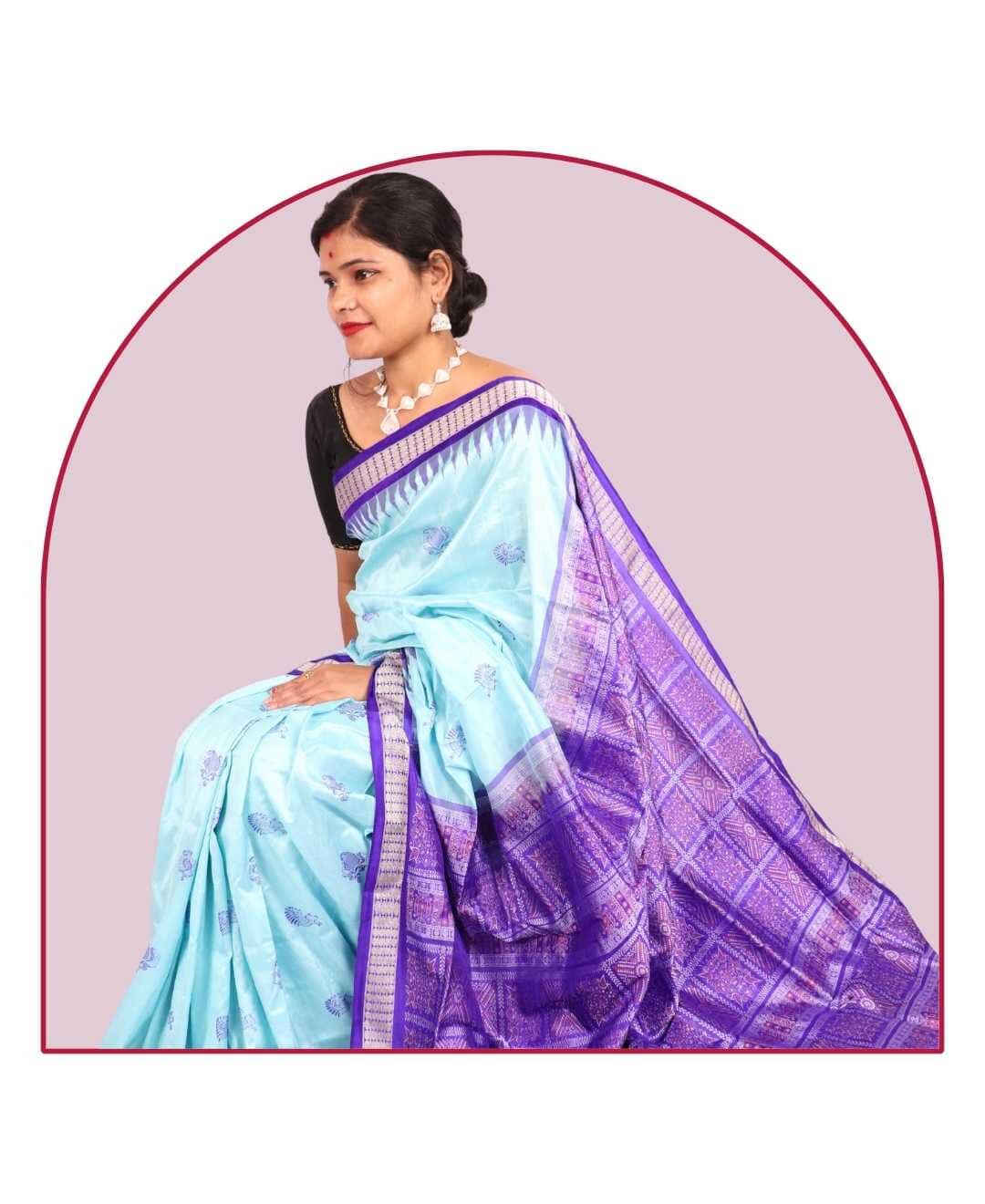
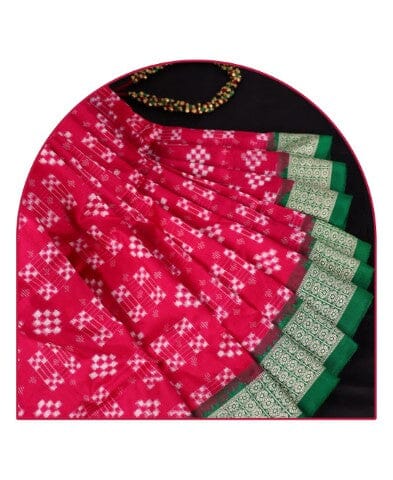
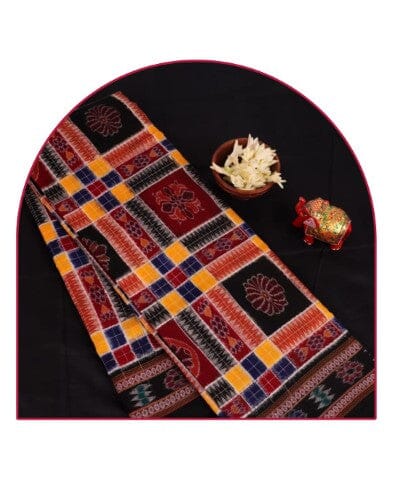
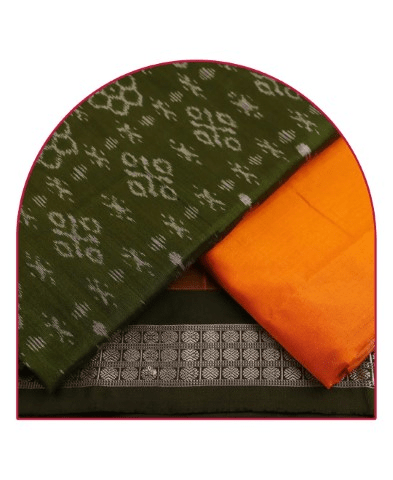
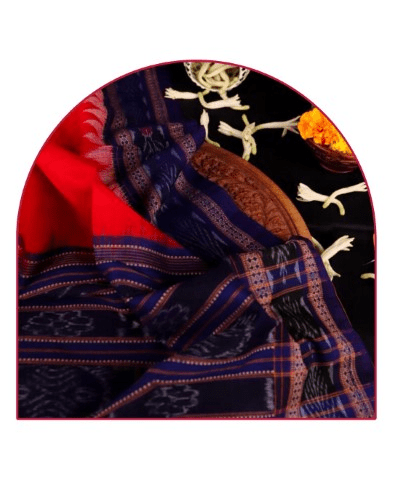
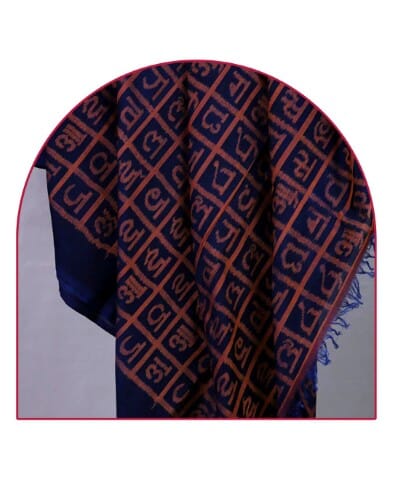
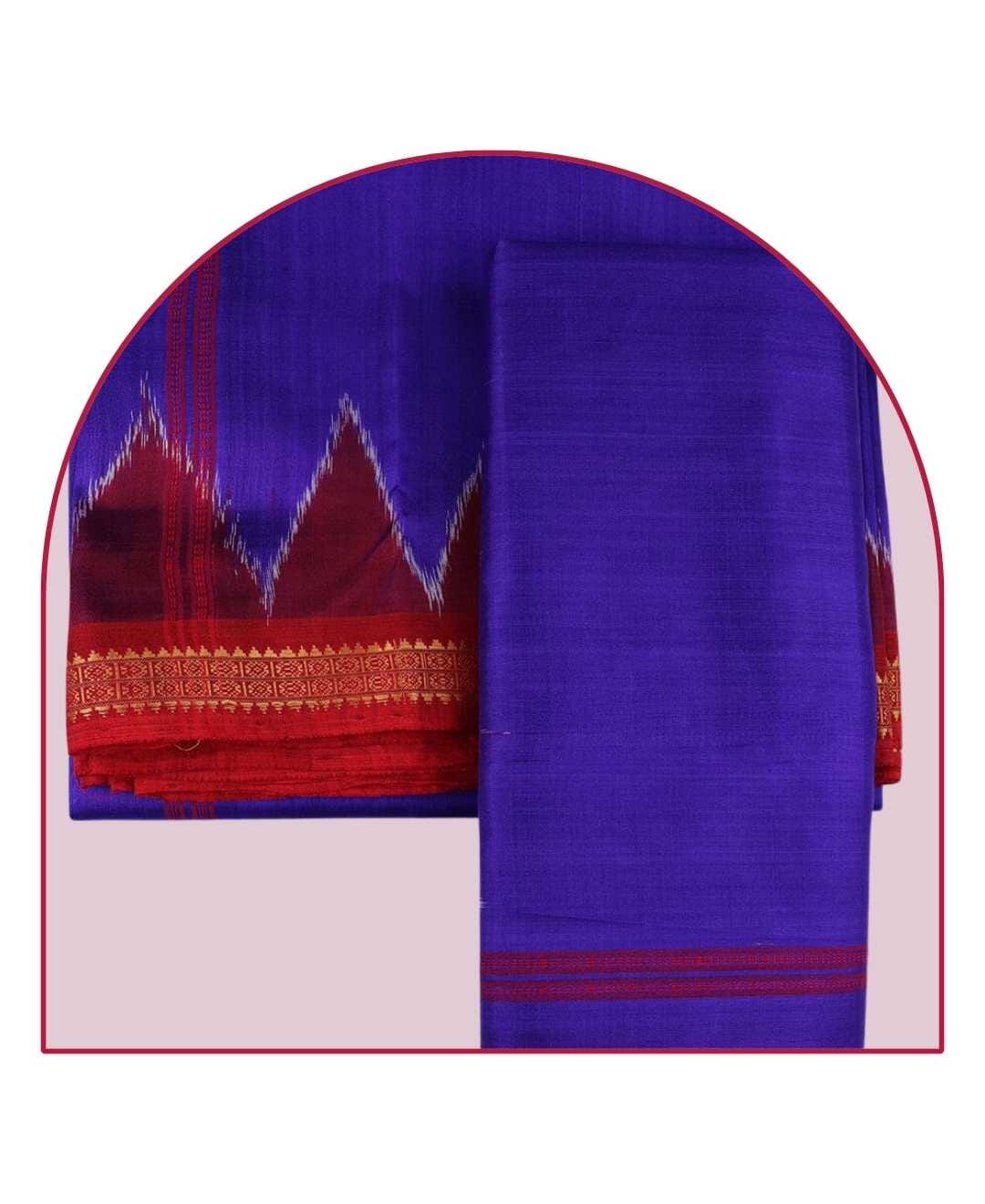
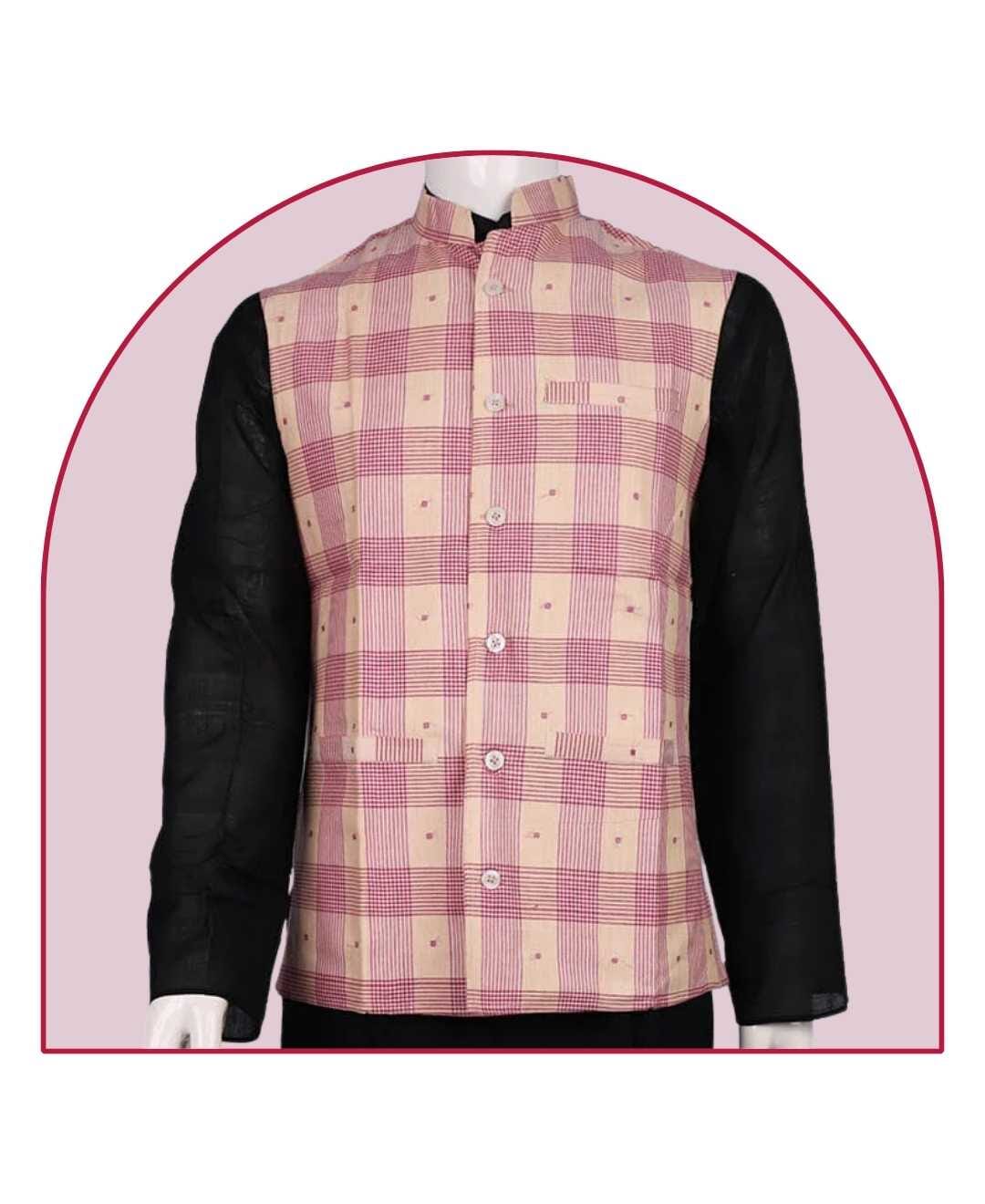
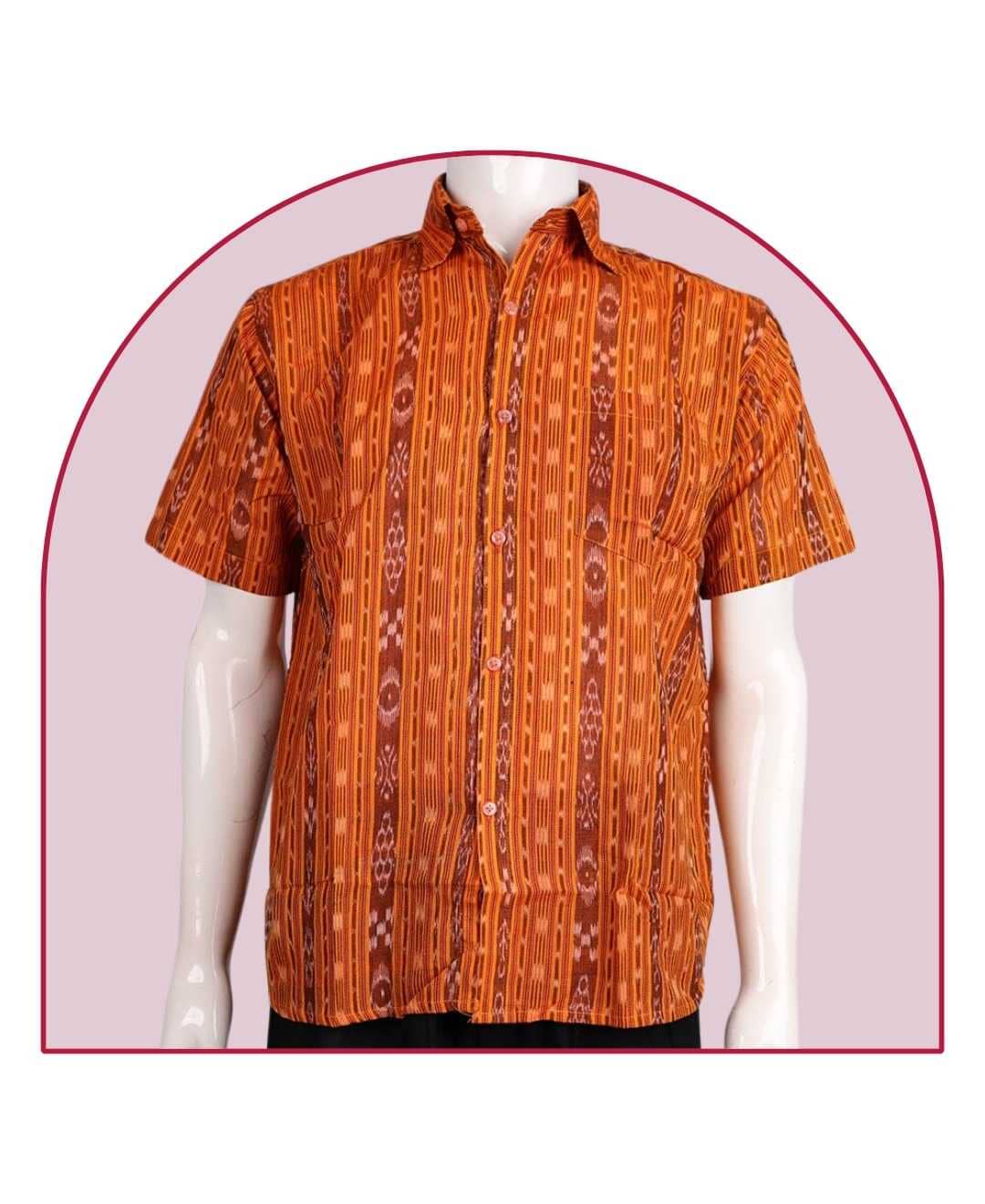
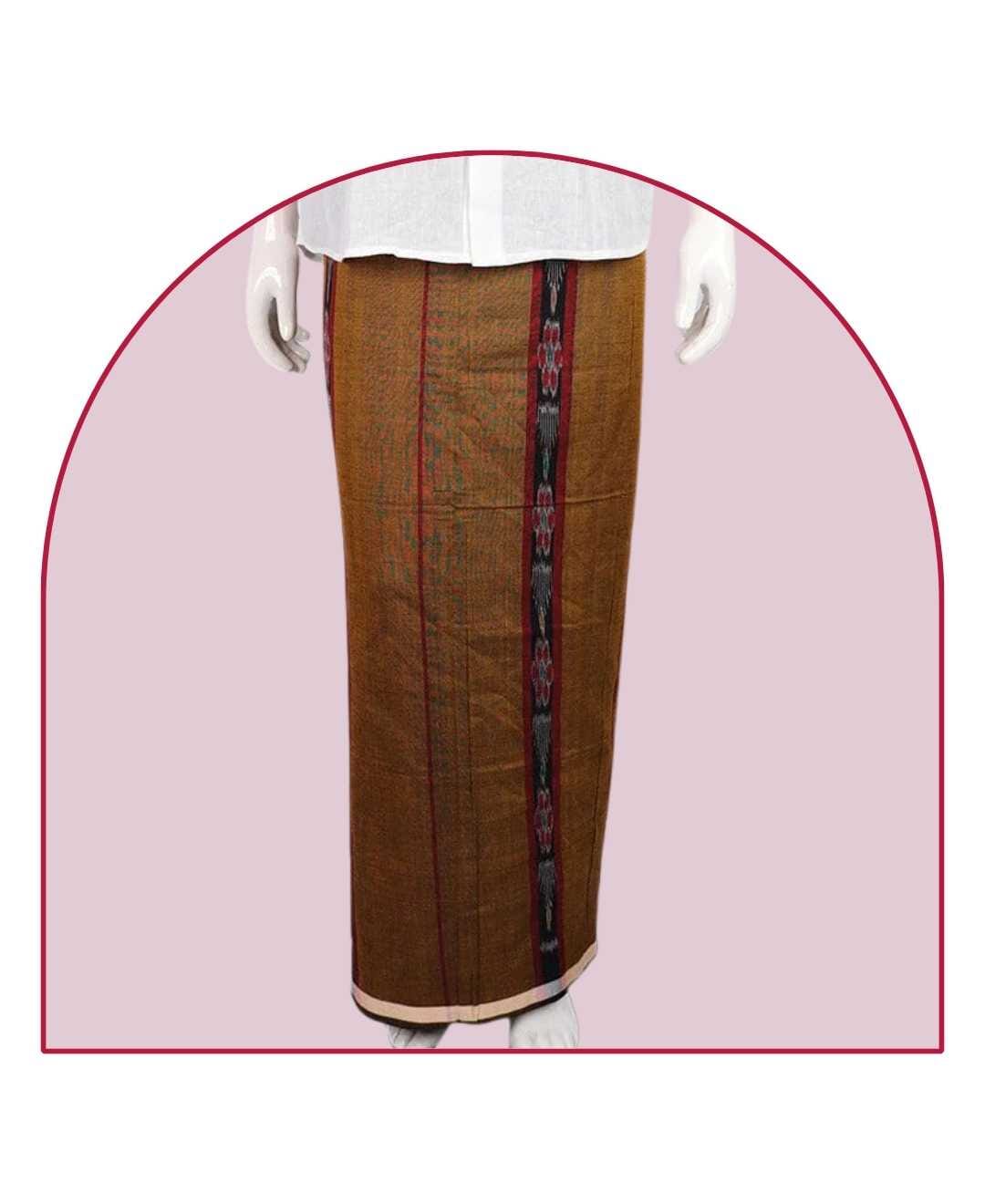



Leave a comment